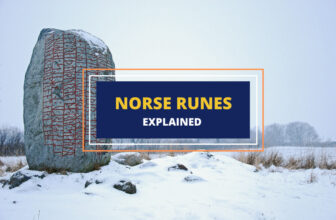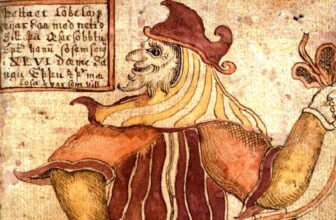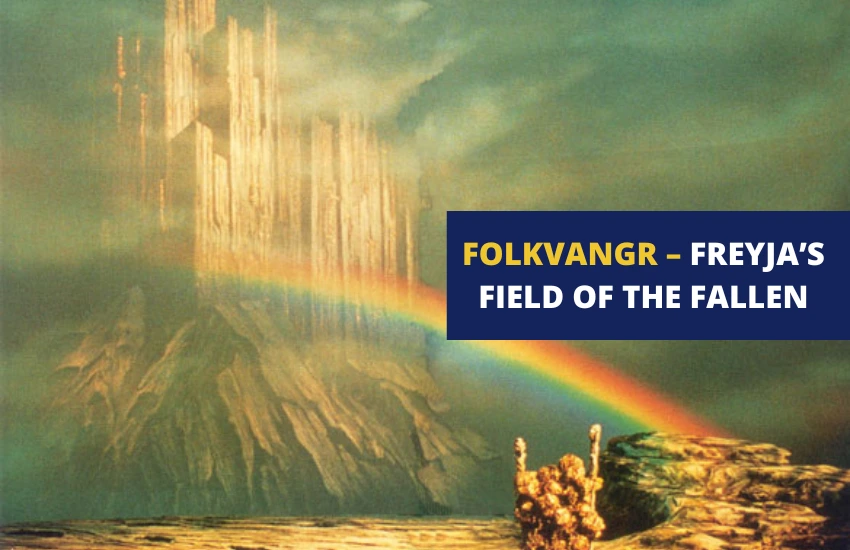
Table of Contents
We’ve all heard of Valhalla or Valhǫll – Odin’s Golden Hall of the Slain in Asgard, where the All-Father gathers the souls of all slain warriors after their glorious deaths. What we don’t often hear about, however, is Fólkvangr – the Field of the Host or the Field of the People.
Ruled by the goddess Freyja, Fólkvangr is actually the second “good” afterlife in Norse mythology. Just like Valhalla, Fólkvangr stands in contrast to the realm of Hel, the afterlife that’s destined for those who’ve let uneventful and unremarkable lives.
But if Valhalla is for those that have deserved recognition and admiration, and Hel is for those that didn’t, who is Fólkvangr for? Let’s find out.
Fólkvangr and Sessrúmnir – Other Heroic Norse Afterlife
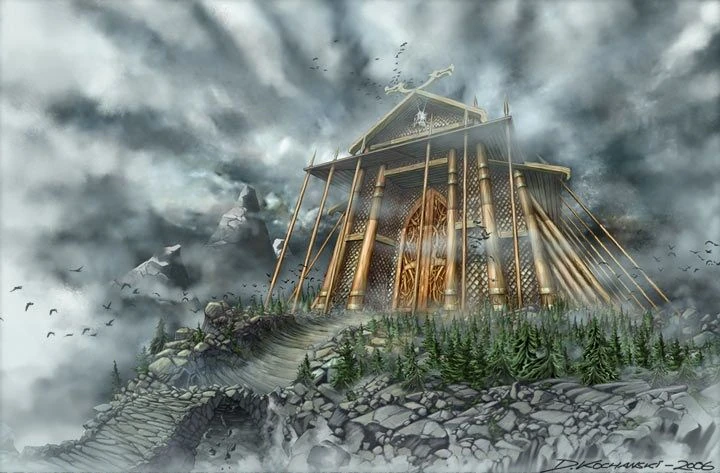
It comes as a surprise to many, but Freyja’s Fólkvangr field – or Folkvangr/Folkvang as it’s often anglicized – is meant for exactly the same people for whom Valhalla is too – those who’ve died gloriously in battle. In fact, the remaining preserved Nordic and Germanic texts we have are quite explicit that Odin and Freyja divvy up the souls of the dead between them in an even 50/50 split.
Another parallel is that, just as Valhalla is Odin’s hall in Asgard, Sessrúmnir is Freyja’s hall in Folkvangr. The name Sessrúmnir means “Seat room”, i.e. the Hall of Seats – where Freyja seats all the fallen heroes that come to Folkvangr.
If it feels strange to some why Freyja would take half of the souls destined for Odin, let’s not forget that Freyja isn’t just a goddess of fertility and prophecy – she is also the Vanir goddess of war. In fact, Freyja is credited as the one that has taught Odin to predict the future.
So, while Freyja isn’t quite as high in the Norse deity hierarchy as the All-Father himself, she also doesn’t seem “undeserving” to have her pick of the mightiest Norse heroes either.
To further emphasize that and explore Folkvangr’s function in Norse mythology, let’s delve into some direct parallels between Freyja and Odin as well as between the two afterlife realms.
Fólkvangr vs. Valhalla

One difference between the two realms is that heroes who go to Folkvangr do not take part in Ragnarok. However, the lack of preserved texts makes it uncertain whether they also train for it. Another difference is that while Odin employs Valkyries to collect souls, Freyja’s role in Folkvangr remains uncertain. Some historians believe that Freyja serves as the role model for Valkyries and disir.
Moreover, Folkvangr appears to be more inclusive than Valhalla. The realm welcomes both male and female heroes who died nobly, including those who died outside of combat. For instance, Egils saga tells of a woman who hanged herself after discovering her husband’s betrayal and was said to go to the Hall of Dis, likely Freyja’s hall.
Finally, Folkvangr is explicitly described as fields, reflecting Freyja’s domain as a Vanir goddess of fertility and bountiful harvests. This detail suggests that Folkvangr is a more peaceful and serene afterlife compared to Valhalla’s emphasis on battle and feasting.
While the limited historical records make it difficult to draw definitive conclusions, the myths surrounding Folkvangr offer a fascinating glimpse into Norse mythology’s complex worldview.
Freyja vs Odin and Vanir Gods vs Æsir Gods
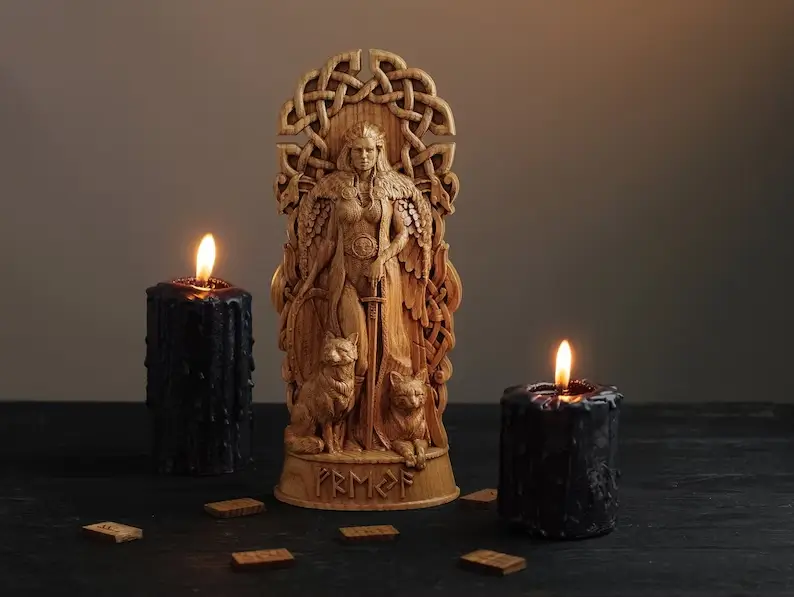
Understanding all of the above comparisons hinges on understanding the difference between Freyja and Odin, and especially between the Vanir and Æsir gods. We’ve talked about this before but the key thing to note is that Norse mythology actually has two separate pantheons of gods – the warlike Æsir (or Aesir), led by Odin, and the peaceful Vanir led by Freyja’s father Nord.
The two pantheons are said to have clashed eons ago, during the great Æsir-Vanir war. The war is said to have lasted for a while with neither side gaining victory. Eventually, talks were held and the two sides decided on peace between them. What’s more, that peace took hold and the Vanir and Aesir never warred again. Nord moved to Asgard where he married the winter goddess Skadi and Freyja became “ruler” of the Vanir gods together with her twin brother Freyr.
This context does explain why Freyja takes half the souls of the fallen – because, as a leader of the Vanir gods, she is Odin’s equal, in a sense. Additionally, the fact that the Vanir are described as more peaceful deities explains why Folkvangr seems like a more peaceful afterlife than Valhalla and maybe even why the souls collected by Freyja don’t take part in Ragnarok.
Fólkvangr, Sessrúmnir, and the Traditional Norse Ship Burials
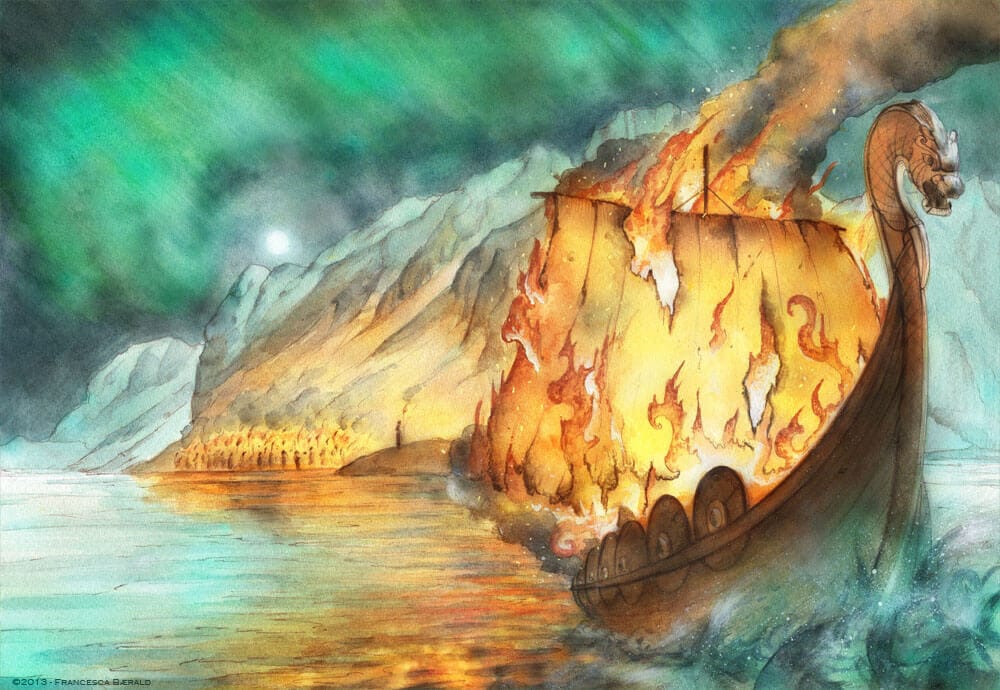
Another interesting interpretation of Freyja’s Folkvangr comes from historians Joseph S. Hopkins and Haukur Þorgeirsson. In their 2012 paper, they postulate that the Folkvangr and Sessrúmnir myths may be related to the “Stone ships” of Scandinavia, i.e. the traditional Scandinavian ship burials.
This interpretation stems from a few things:
- The Sessrúmnir “hall” can be seen as a ship rather than a hall. The direct translation of the name is “Seat room”, after all, and Viking ships included seats for the ships’ rowers.
- The Folkvangr “field” can be understood as the sea, given how much the ancient Scandinavian people romanticized the open seas.
- The Vanir pantheon of gods is sometimes theorized to be based on an old Scandinavian and North European religion that’s been lost to history but that got merged with the ancient Germanic religion. This would explain why Norse myths include two pantheons, why they describe a past war between them, and why the two panthea eventually merged.
If true, this theory would mean that those heroes that received boat burials were sent to Folkvangr while those whose remains were left on the battlefields were later taken by the Valkyries and sent to Valhalla.
Wrapping Up
Folkvangr remains a fascinating enigma in Norse mythology. Despite the limited amount of written evidence, it’s clear that the concept of an afterlife separate from Valhalla was important to the ancient Norse people. Folkvangr offered a serene and peaceful resting place for those who had lived noble and glorious lives, including women who had died outside of combat.
While its origins and true symbolism may be shrouded in mystery, the allure of Freyja’s Field of the Host and her Hall of Seats cannot be denied. It’s a testament to the enduring power of Norse mythology that even centuries later, we are still captivated by its mysteries and symbols.





